Find Help
More Items From Ergsy search
-
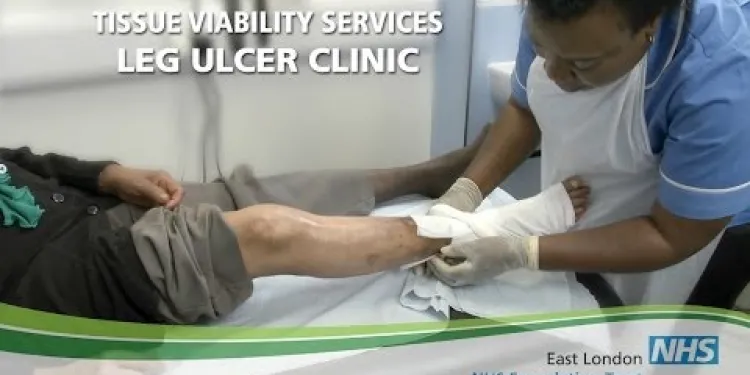
Leg ulcer see Venous leg ulcer
Relevance: 100%
-
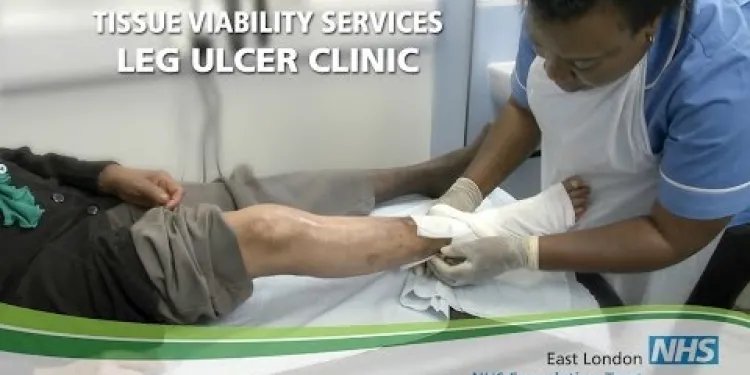
Leg Ulcers
Relevance: 81%
-
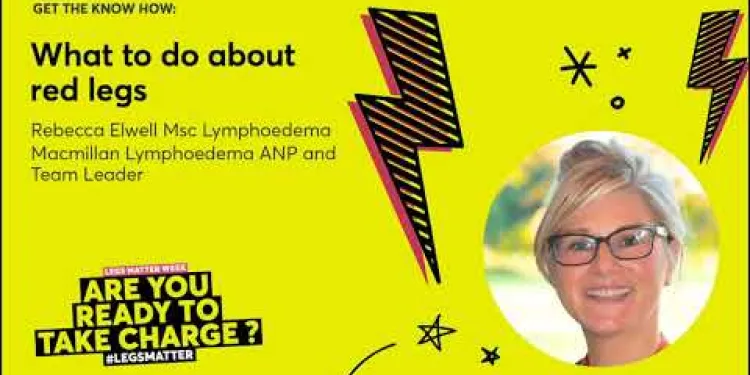
What to do about red legs
Relevance: 40%
-

Leg amputation and life afterwards
Relevance: 33%
-
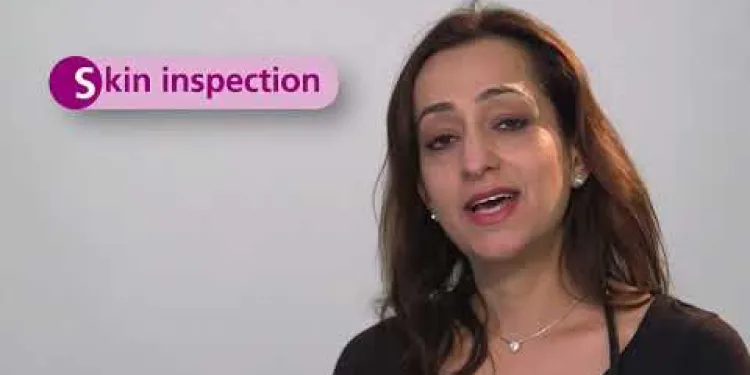
Pressure ulcer prevention: A guide for patients, carers and healthcare professionals
Relevance: 32%
-
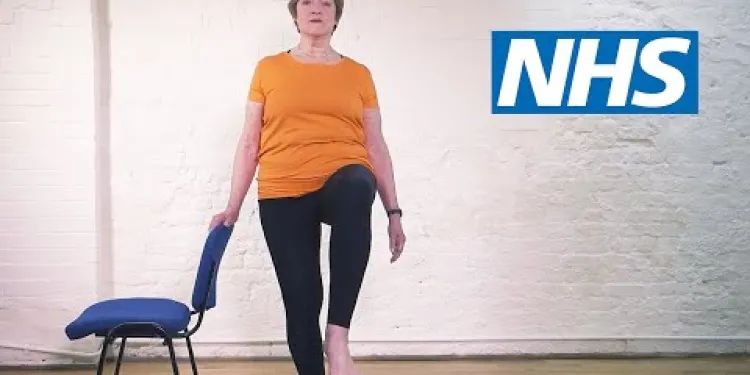
Pilates for back pain: Standing on one leg | NHS
Relevance: 26%
-

What are the symptoms of deep vein thrombosis (DVT)?
Relevance: 22%
-
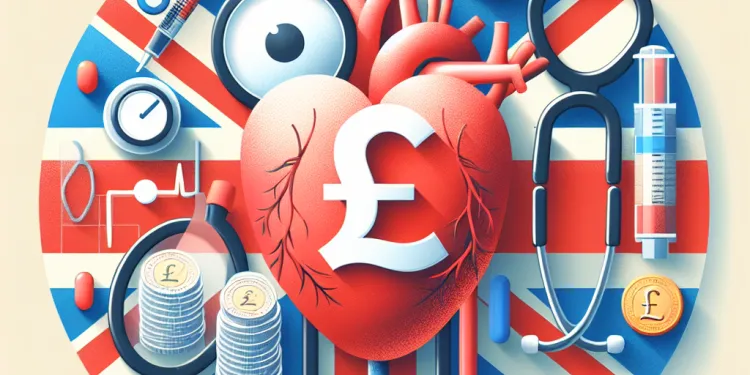
What are the types of thrombosis?
Relevance: 15%
-

What conditions is Omeprazole used to treat?
Relevance: 14%
-

What complications are associated with Type 2 Diabetes?
Relevance: 12%
-

ACL exercises post-operation
Relevance: 11%
-

What are the symptoms of arterial thrombosis?
Relevance: 11%
-
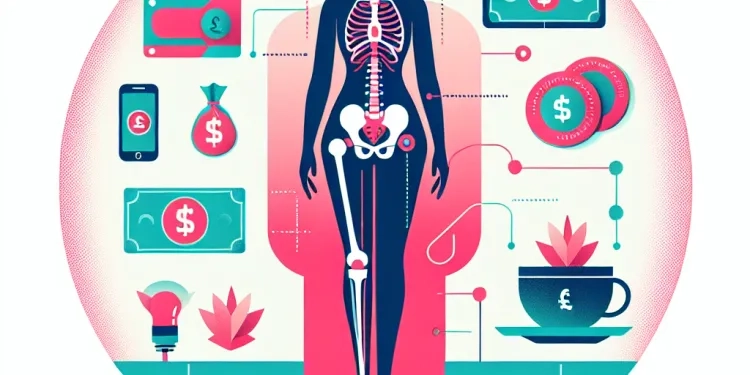
What are the risks associated with hip replacement surgery?
Relevance: 11%
-
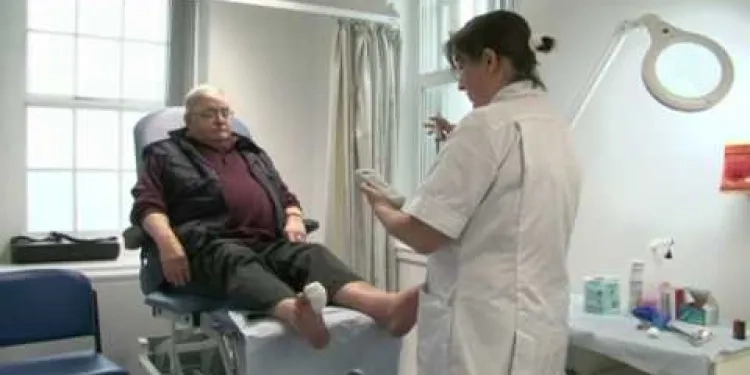
Diabetic Foot Conditions Podiatrist
Relevance: 11%
-
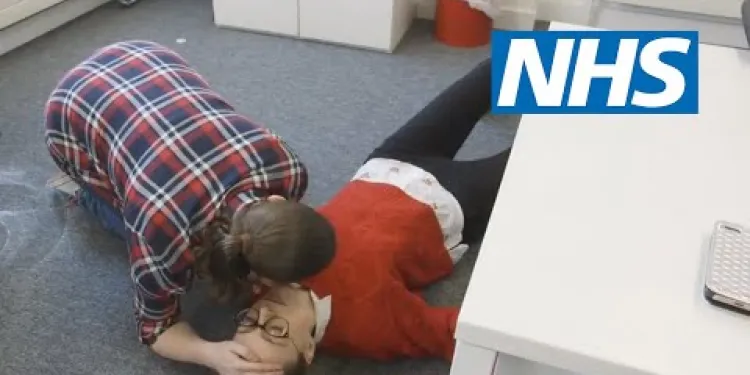
How to put someone into the recovery position | NHS
Relevance: 11%
-

What is Aspirin?
Relevance: 10%
-

How big can spiders in the UK get?
Relevance: 10%
-
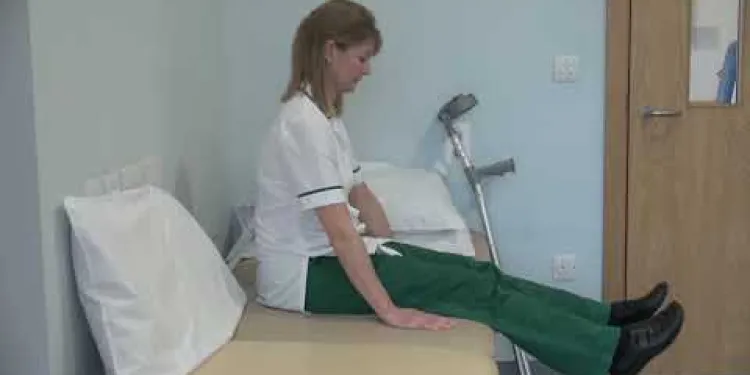
Hip replacement - getting into bed
Relevance: 10%
-
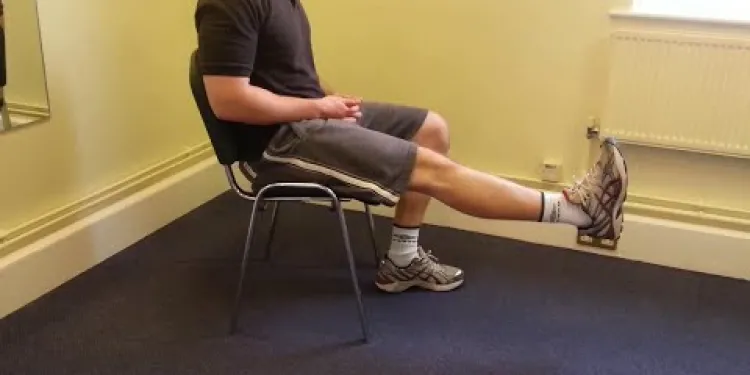
Knee Care Exercises
Relevance: 10%
-
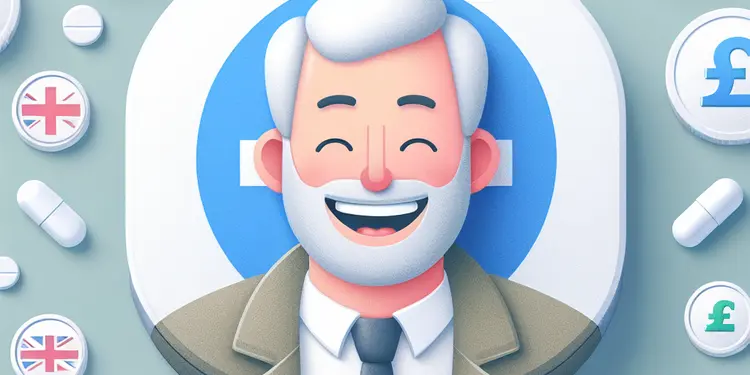
What is the drug Omeprazole?
Relevance: 10%
-

Exercises for sciatica: herniated or slipped disc | NHS
Relevance: 9%
-

What are common types of mobility equipment?
Relevance: 9%
-
Should individuals with certain medical conditions avoid aspirin?
Relevance: 9%
-

Symptoms of coeliac disease
Relevance: 9%
-

What should I wear for exercising during pregnancy?
Relevance: 9%
-

Why might someone need a stoma bag?
Relevance: 9%
-
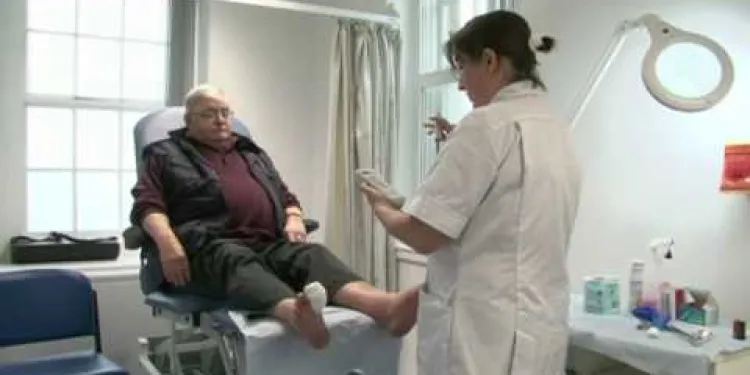
Diabetes Care - Preventing Amputations
Relevance: 9%
-

Falls Prevention - strength and balance exercises
Relevance: 9%
-
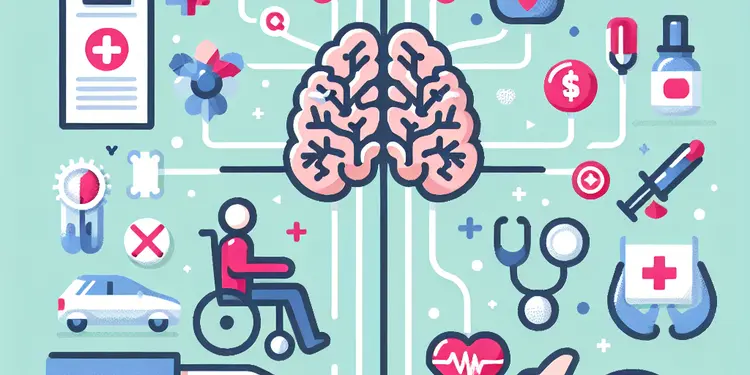
What are the primary symptoms of motor neurone disease?
Relevance: 9%
-
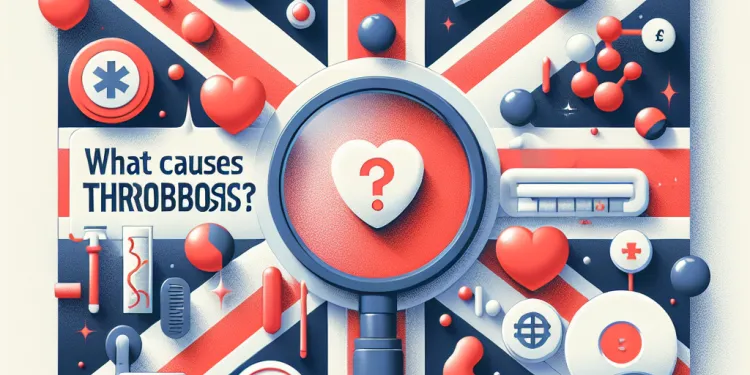
What causes thrombosis?
Relevance: 8%
-
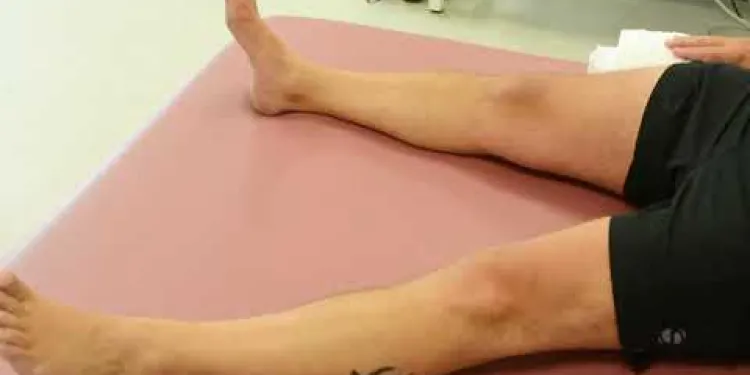
Joint School - Hip Exercises
Relevance: 8%
-

Exercises for sciatica: piriformis syndrome | NHS
Relevance: 8%
-
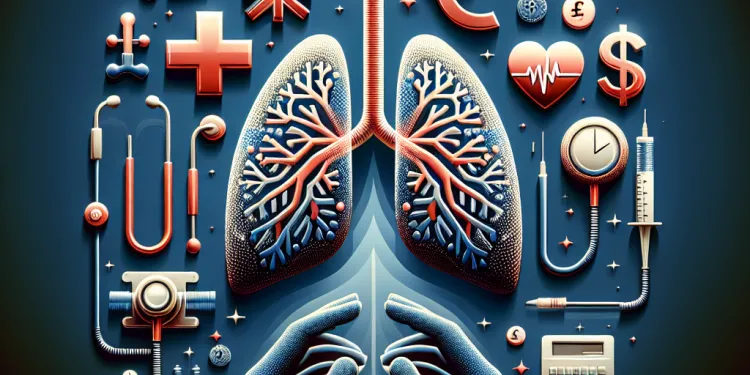
What is a pulmonary embolism?
Relevance: 8%
-
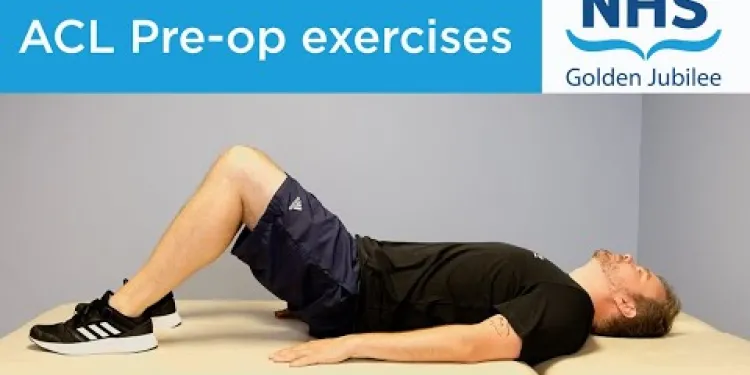
ACL pre-operation exercises
Relevance: 8%
-

2 episodes of cellulitis and been given antibiotics but the redness doesn't seem to be improving?
Relevance: 8%
-
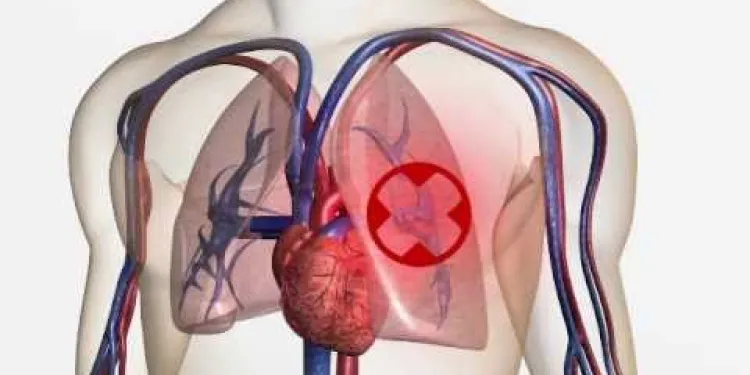
A guide to hospital-acquired deep vein thrombosis and pulmonary embolism
Relevance: 8%
-
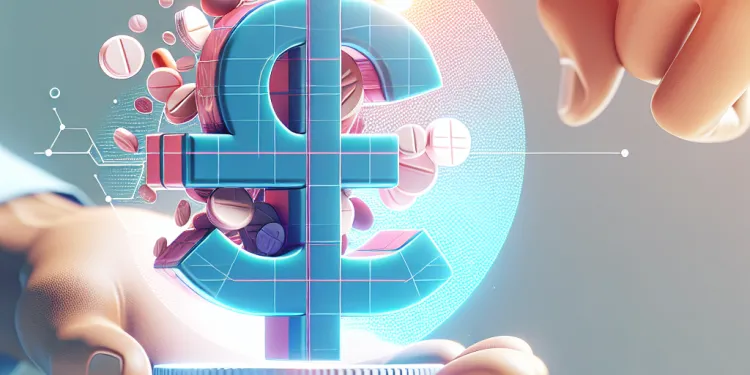
What are the side effects of Ibuprofen?
Relevance: 8%
-
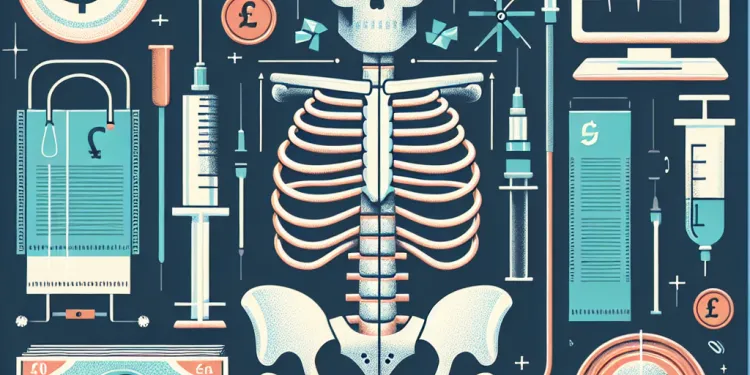
What should I expect after the spinal anaesthesia wears off?
Relevance: 8%
-
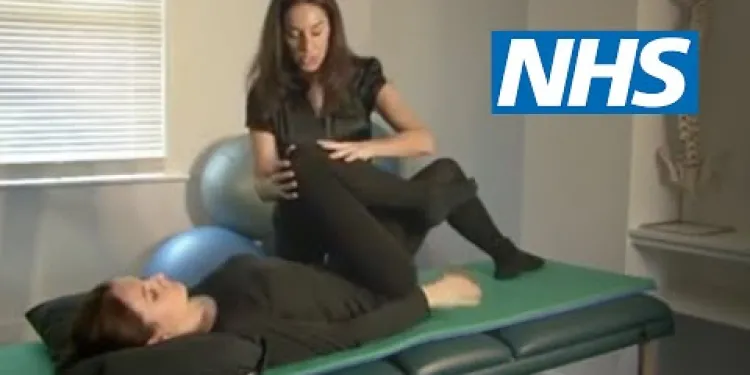
Exercises for sciatica: spinal stenosis | NHS
Relevance: 8%
-

How do NSAIDs work to reduce pain?
Relevance: 8%
Understanding Venous Leg Ulcers
Venous leg ulcers are a common type of chronic wound that primarily affect the lower legs. These ulcers are a result of malfunctioning vein valves, leading to increased venous pressure and skin breakdown. They are prevalent among individuals with venous insufficiency, particularly in the elderly population.
Causes and Risk Factors of Venous Leg Ulcers
Venous leg ulcers typically arise from chronic venous insufficiency, where the veins in the legs do not efficiently return blood to the heart. This can lead to venous hypertension, causing swelling, damage to the skin, and eventually ulceration. Risk factors include a history of varicose veins, deep vein thrombosis, obesity, and immobility. Individuals with a family history of venous disease or those who have experienced leg trauma are also at increased risk.
Symptoms and Diagnosis
The primary symptom of a venous leg ulcer is a shallow sore on the leg, usually appearing around the inner ankle. The affected area may be accompanied by swelling, aching, and a heavy feeling in the leg. Skin discoloration and the presence of varicose veins may also be noted. Diagnosis is typically based on the clinical appearance of the ulcer and can be supported by duplex ultrasound to evaluate venous function.
Treatment Options in the UK
Treatment for venous leg ulcers in the UK focuses on addressing the underlying venous insufficiency, promoting healing of the ulcer, and preventing recurrence. The primary approach includes compression therapy using bandages or compression stockings, which help reduce swelling and improve venous return. Wound care management involves regular cleaning and dressing changes, often guided by local healthcare providers. In some cases, surgical interventions such as vein ablation or sclerotherapy may be recommended.
Prevention and Management
Preventing venous leg ulcers involves managing the risk factors and maintaining healthy venous circulation. Regular exercise, weight management, and elevating the legs can help reduce venous pressure. Wearing compression stockings as prescribed by healthcare professionals is also an essential preventive measure. For those with existing ulcers, adherence to treatment plans, regular follow-up with healthcare providers, and lifestyle modifications are critical to effective management and prevention of recurrence.
Understanding Venous Leg Ulcers
Venous leg ulcers are sores on the lower leg. They happen because the veins in the legs are not working properly. This can cause skin problems and ulcers. These sores are common in older people who have weak veins.
Causes and Risk Factors of Venous Leg Ulcers
These ulcers happen when blood doesn't flow well in the leg veins. Instead of going back to the heart, blood stays in the legs. This can cause swelling and skin damage. People may get these ulcers if they have varicose veins, obesity, or if they sit or stand still for long periods. If other people in your family have had vein problems, or if you hurt your leg before, you may be at higher risk.
Symptoms and Diagnosis
Signs of a venous leg ulcer include a sore or wound on the leg near the inner ankle. This area might swell, feel sore, and feel heavy. The skin might change color, and you might see varicose veins. Doctors can tell if you have an ulcer by looking at it and may use an ultrasound to check the veins.
Treatment Options in the UK
In the UK, treating venous leg ulcers means helping the veins work better and the sore heal. One main treatment is using special bandages or stockings to squeeze the legs. This helps blood flow and reduce swelling. Taking care of the wound with clean bandages is important. Sometimes, doctors may suggest surgery to fix the veins.
Prevention and Management
To stop these ulcers from happening, keep healthy veins. Exercise regularly, watch your weight, and lift your legs to help blood flow. Doctors may also recommend wearing compression stockings. If you already have ulcers, it's important to follow the treatment, visit doctors regularly, and make lifestyle changes to prevent them from coming back.
Frequently Asked Questions
What is a venous leg ulcer?
A venous leg ulcer is a long-lasting sore that takes more than two weeks to heal, usually occurring on the inside of the leg, just above the ankle. It is caused by poor blood circulation in the veins of the leg.
What causes venous leg ulcers?
Venous leg ulcers are caused by poor circulation due to malfunctioning valves in the veins, which leads to increased pressure in the veins and skin damage.
Who is at risk of developing a venous leg ulcer?
Individuals with a history of deep vein thrombosis (DVT), varicose veins, obesity, limited mobility, or previous leg injuries are at higher risk of developing venous leg ulcers.
What are the symptoms of a venous leg ulcer?
Symptoms include a painful, itchy, or smelly wound on the leg, swelling in the lower legs, and discoloured skin around the ulcer.
How are venous leg ulcers diagnosed?
Venous leg ulcers are diagnosed by a physical examination of the wound and medical history evaluation. Ultrasound scans and other tests may be done to assess blood circulation in the legs.
How are venous leg ulcers treated?
Treatment includes compression therapy to improve circulation, wound dressings, medications to manage pain and infection, and possibly surgery to address underlying vein issues.
What is compression therapy?
Compression therapy involves wearing specially designed stockings or bandages to help improve blood flow and reduce swelling in the legs, which promotes healing of the ulcer.
Can venous leg ulcers be prevented?
Prevention methods include managing risk factors such as maintaining a healthy weight, staying active to improve circulation, and wearing compression stockings if recommended by a healthcare provider.
Is surgery necessary for venous leg ulcers?
Surgery is not always necessary but may be considered if ulcers do not heal with standard treatments. Options include vein surgery to improve circulation.
How long does it take for a venous leg ulcer to heal?
With proper treatment, venous leg ulcers can heal within three to four months, but healing times vary depending on the severity of the ulcer and the individual's overall health.
What complications can arise from untreated venous leg ulcers?
Untreated venous leg ulcers can lead to serious infections, increased pain, and longer healing times, which can significantly impact quality of life.
What lifestyle changes can help manage venous leg ulcers?
Lifestyle changes include regular exercise, elevating the legs to reduce swelling, healthy eating to maintain normal weight, and wearing compression garments as advised.
Are there any home remedies for venous leg ulcers?
While maintaining hygiene and dressing changes are important, home remedies should be used cautiously and complement medical treatments. Always consult a healthcare professional before trying home remedies.
Why is it important to seek treatment for a venous leg ulcer?
Seeking treatment is important to prevent complications such as infection, improve healing times, and maintain mobility and quality of life.
Where can I get treatment for a venous leg ulcer in the UK?
Treatment can be accessed through NHS services. Start by visiting your GP, who may refer you to specialists such as a dermatologist, vascular surgeon, or a nurse trained in wound care.
What is a venous leg ulcer?
A venous leg ulcer is a sore on your leg that takes a long time to heal. It happens when blood doesn't flow back to your heart properly. This can cause damage to your skin.
You might need to see a doctor or nurse to help it heal. They might put a special bandage on it.
Tools that can help you:
- Use pictures or diagrams to understand better.
- Ask someone you trust to explain it to you.
- Write down any questions you have for your doctor.
A venous leg ulcer is a sore on your leg that takes a long time to heal—more than two weeks. It usually happens on the inside of your leg, just above the ankle. It is because the blood does not flow well in your leg veins.
Why do people get sores on their legs?
Here are some reasons why people might get sores on their legs:
- Poor blood flow: If blood doesn't move well in the legs, it can cause sores.
- Old injuries: A hurt or bruise from a long time ago can become a sore.
- Swelling: When legs get too swollen, sores can happen.
- Health problems: Some illnesses, like diabetes, can cause sores.
To help understand or manage leg sores, you can:
- Talk to a doctor for advice.
- Keep your legs clean and dry.
- Wear special socks to help blood flow.
Venous leg ulcers happen when blood does not flow well in the veins. This is because the little valves inside the veins are not working properly. This makes the blood push too hard against the veins, hurting the skin.
Who can get a sore on their leg vein?
Some people have a higher chance of getting a sore on their leg vein. This can happen more if:
- You had a sore like this before.
- You have problems with your blood moving around your body.
- Your legs are often swollen.
- You sit or stand for long times.
- You hurt your leg badly, like getting a bad cut.
If you think you might get a sore, you can:
- Talk to a doctor or nurse.
- Wear special socks that squeeze your legs gently.
- Move around and take breaks from sitting or standing.
Looking after your legs can help you stay healthy!
People who have had blood clots in their legs, swollen veins, are very overweight, can't move around much, or have hurt their legs before, are more likely to get sores on their legs.
What are the signs of a sore on your leg?
A venous leg ulcer is a sore on your leg. Here are some signs you might have one:
- Your skin could look red or dark.
- The sore might be wet and ooze.
- Your leg might hurt or feel itchy.
- The skin might be swollen.
- Your leg might feel heavy.
If you think you have a sore on your leg, tell an adult. They can talk to a doctor who can help you.
Try using pictures to understand better. Ask someone to go through this with you if you need more help.
If you have a sore on your leg that hurts, itches, or smells bad, it might be a sign. Your lower legs might also be swollen, and the skin around the sore could change color.
How do doctors know if someone has a venous leg ulcer?
Doctors find out if you have a venous leg ulcer by looking at your wound. They also ask about your health history. Sometimes, they use a special test called an ultrasound to check how blood moves in your legs.
How do doctors fix sores on legs?
Doctors help heal leg sores by:
- Cleaning the sore to keep it free from germs.
- Wrapping a special bandage around the leg to help blood flow.
- Giving medicine if there is an infection.
- Asking you to lift your legs when resting.
You can try to do these at home:
- Keep your sore clean.
- Wear a comfy bandage from the drugstore.
- Rest with your legs up on pillows.
If you need help, ask a friend or family member, or use pictures and videos that show how to care for your leg.
Treatment can help make your legs feel better. Doctors might use tight bandages or socks to help blood flow. They can also use special bandages to cover any sores. Medicine can help if it hurts or if there is an infection. Sometimes, doctors may need to do an operation to fix the veins in your legs.
What is compression therapy?
Compression therapy is a way to help your body feel better. It uses tight clothing or bandages to gently squeeze your body. This can help your blood move around better and reduce swelling.
Try These:
- Ask a grown-up or a doctor to explain if you need help.
- Look at pictures or videos to see how it works.
Compression therapy means wearing special socks or bandages. These help the blood move better and make the swelling in the legs go down. This helps the sore get better.
How can we stop leg ulcers from happening?
There are ways to stop problems from happening. Here are some tips:
- Keep a healthy weight. Try to eat good foods.
- Move your body. Go for walks or play to help your blood flow.
- Sometimes, doctors might tell you to wear special socks. These are called compression stockings. They help with blood flow too.
Do you need surgery for venous leg ulcers?
You do not always need surgery. But, sometimes it helps if sores do not get better with normal care. Doctors might do vein surgery to help blood flow.
How long does it take for a venous leg sore to get better?
A venous leg sore is a wound on the leg that takes time to heal. Most venous leg sores can take a few weeks or months to get better. It depends on how big the sore is and how healthy you are.
Here are some tips to help the sore heal:
- Keep it clean by gently washing it.
- Cover it with a bandage to keep germs away.
- Elevate your leg when sitting to help blood flow.
- Wear special compression socks if told by your doctor.
If the sore does not get better, talk to a doctor or nurse for help.
If you get the right help, sores on your legs caused by veins can get better in three to four months. But, it can take longer or shorter depending on how bad the sore is and how healthy you are.
What problems can happen if you don't treat a sore on your leg?
Sores on your legs can get worse if you don't take care of them. Here are some problems that can happen:
- The sore can get bigger and deeper.
- Infection can happen in the sore.
- Your leg might swell up and hurt.
- The skin around the sore can change color.
If you have a sore, it is important to see a doctor or nurse. They can help make the sore better.
Using easy-to-read books and asking for help when reading can be useful tools.
If venous leg ulcers are not treated, they can cause bad infections, more pain, and take longer to heal. This can make life harder.
How can you change your daily habits to help with leg sores?
Here are some things you can do to help you feel better:
- Exercise often. It is good for your body.
- Lift your legs up to help them not get puffy.
- Eat healthy foods. This helps you stay the right weight.
- Wear special tight clothes if your doctor tells you to.
Can you use home treatments for leg ulcers?
It is really important to keep things clean and change dressings. You can try some home treatments, but be careful. They should be used with medicine from the doctor. Always talk to a doctor before trying home treatments.
Why should you get help for a sore on your leg?
Getting help for a sore on your leg is very important. Here are some reasons why:
- A sore can get worse if you do not take care of it.
- Treatment helps the sore heal faster.
- Seeing a doctor can stop the sore from coming back.
- Taking care of the sore can help you feel better.
Here are some things that can help:
- Talk to a doctor or nurse.
- Keep the sore clean.
- Use bandages if the doctor says to.
Getting help from a doctor or nurse is important. It stops things like infections. It helps you get better faster. It also helps you move around and feel good.
Where can I get help for a leg ulcer in the UK?
If you have a sore on your leg that isn't healing, it's called a leg ulcer.
Here's where to get help:
- Visit your doctor (GP). They can check your leg and tell you what to do.
- Nurses can help clean and care for your leg.
- Your local health clinic can also give you advice.
Some tips to help you:
- Keep your leg raised when sitting down to help it heal.
- Wear special bandages to protect your leg.
- If walking is hard, use a stick or walker for support.
You can get help from the NHS. Start by seeing your family doctor (GP). Your doctor might send you to see other special doctors. These could be a skin doctor (dermatologist), a blood vessel doctor (vascular surgeon), or a nurse who knows a lot about taking care of wounds.
Useful Links
- Ergsy carfully checks the information in the videos we provide here.
- Videos shown by Youtube after a video has completed, have NOT been reviewed by ERGSY.
- To view, click the arrow in centre of video.
- Most of the videos you find here will have subtitles and/or closed captions available.
- You may need to turn these on, and choose your preferred language.
- Go to the video you'd like to watch.
- If closed captions (CC) are available, settings will be visible on the bottom right of the video player.
- To turn on Captions, click settings .
- To turn off Captions, click settings again.
More Items From Ergsy search
-

Leg ulcer see Venous leg ulcer
Relevance: 100%
-

Leg Ulcers
Relevance: 81%
-

What to do about red legs
Relevance: 40%
-

Leg amputation and life afterwards
Relevance: 33%
-

Pressure ulcer prevention: A guide for patients, carers and healthcare professionals
Relevance: 32%
-

Pilates for back pain: Standing on one leg | NHS
Relevance: 26%
-

What are the symptoms of deep vein thrombosis (DVT)?
Relevance: 22%
-

What are the types of thrombosis?
Relevance: 15%
-

What conditions is Omeprazole used to treat?
Relevance: 14%
-

What complications are associated with Type 2 Diabetes?
Relevance: 12%
-

ACL exercises post-operation
Relevance: 11%
-

What are the symptoms of arterial thrombosis?
Relevance: 11%
-

What are the risks associated with hip replacement surgery?
Relevance: 11%
-

Diabetic Foot Conditions Podiatrist
Relevance: 11%
-

How to put someone into the recovery position | NHS
Relevance: 11%
-

What is Aspirin?
Relevance: 10%
-

How big can spiders in the UK get?
Relevance: 10%
-

Hip replacement - getting into bed
Relevance: 10%
-

Knee Care Exercises
Relevance: 10%
-

What is the drug Omeprazole?
Relevance: 10%
-

Exercises for sciatica: herniated or slipped disc | NHS
Relevance: 9%
-

What are common types of mobility equipment?
Relevance: 9%
-
Should individuals with certain medical conditions avoid aspirin?
Relevance: 9%
-

Symptoms of coeliac disease
Relevance: 9%
-

What should I wear for exercising during pregnancy?
Relevance: 9%
-

Why might someone need a stoma bag?
Relevance: 9%
-

Diabetes Care - Preventing Amputations
Relevance: 9%
-

Falls Prevention - strength and balance exercises
Relevance: 9%
-

What are the primary symptoms of motor neurone disease?
Relevance: 9%
-

What causes thrombosis?
Relevance: 8%
-

Joint School - Hip Exercises
Relevance: 8%
-

Exercises for sciatica: piriformis syndrome | NHS
Relevance: 8%
-

What is a pulmonary embolism?
Relevance: 8%
-

ACL pre-operation exercises
Relevance: 8%
-

2 episodes of cellulitis and been given antibiotics but the redness doesn't seem to be improving?
Relevance: 8%
-

A guide to hospital-acquired deep vein thrombosis and pulmonary embolism
Relevance: 8%
-

What are the side effects of Ibuprofen?
Relevance: 8%
-

What should I expect after the spinal anaesthesia wears off?
Relevance: 8%
-

Exercises for sciatica: spinal stenosis | NHS
Relevance: 8%
-

How do NSAIDs work to reduce pain?
Relevance: 8%


